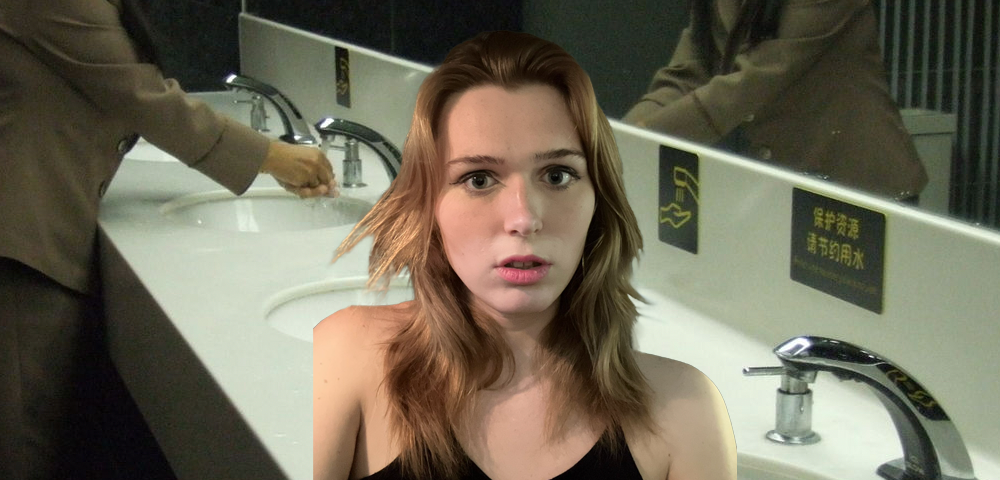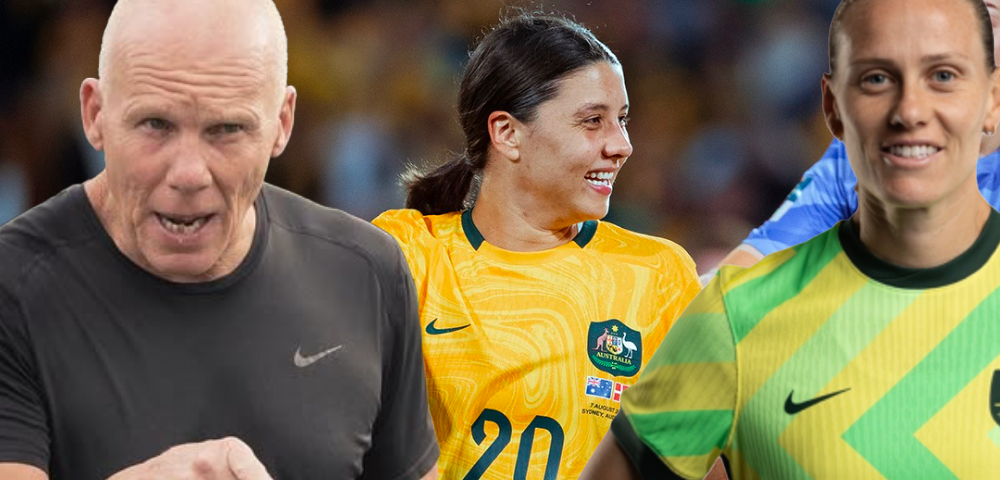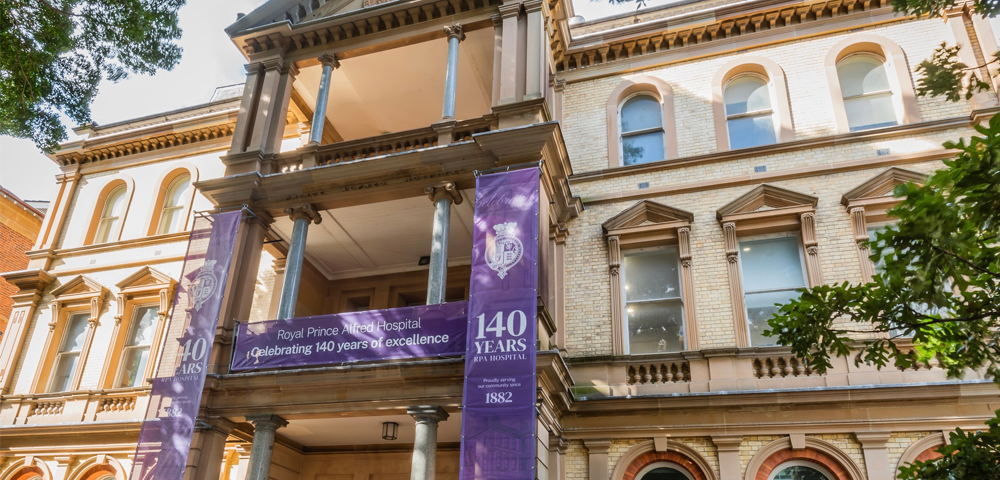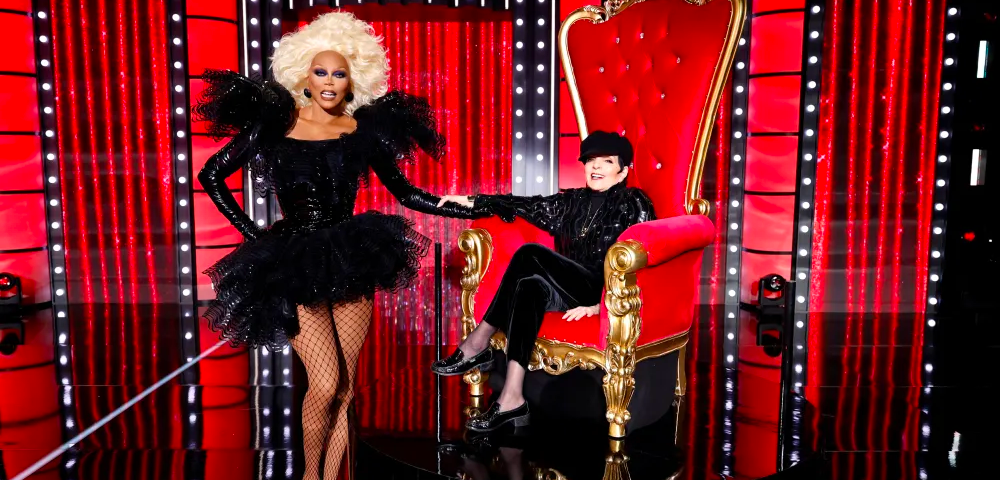
Anthony Albanese Confirms 2025 Federal Election To Take Place May 3

Australia’s next federal election will take place on Saturday, 3 May 2025, Prime Minister Anthony Albanese announced today. This marks the beginning of a five-week campaign period that will see major and minor parties vying for the support of voters across the nation.
Following a meeting with Governor-General Sam Mostyn, Albanese confirmed the dissolution of the 47th Parliament, triggering the official start of the election campaign.
The announcement sets the stage for a contest widely expected to be closely fought, with both major parties — Labor and the Coalition — competing amid rising living costs, economic pressures, and significant shifts in electoral boundaries.
The Australian Electoral Commission (AEC) is expected to issue the election writs in the coming days, after which the electoral roll will close.
Key dates and voting information
Election day will be held on Saturday, 3 May.
The close of the electoral roll is expected seven days after the writs are issued. Voters are advised to check their enrolment on the AEC website to ensure their details are up to date.
Early voting will open from Monday, 21 April. Voters who are unable to attend a polling place on election day may be eligible to vote early either in person or by post. Criteria include being outside the electorate, having work or travel commitments, illness, religious beliefs that prevent voting on a Saturday, or being in prison for less than three years. Postal vote applications will be available online once the election is officially underway.
The seats that matter most this election
Recent polling suggesting no clear majority for either major party, several electorates across the country are set to play a decisive role in shaping the 48th Parliament.
Many of these key seats were won or lost by slim margins at the last federal election or are now significantly altered by redistributions.
In New South Wales, Labor faces the challenge of defending Gilmore, which it holds by a margin of just 0.2% following the 2022 election. It’s being referred to as a ‘knife-edge’ seat this election, with Fiona Phillips once again taking on Liberal member Andrew Constance.
The seat of Hunter — historically a Labor stronghold — will be another to watch. While Labor retained it in 2022, the rise of minor parties and shifting attitudes in regional areas could create a more volatile environment this time around.
Robertson, located on the Central Coast, is another marginal seat held by Labor’s Gordon Reid. The electorate swung strongly in Labor’s favour in 2022, but with less than a 5% margin and ongoing cost-of-living concerns in outer metropolitan communities, it remains in contention.
In Victoria, two marginal Labor-held seats — Corangamite and Dunkley — will be critical. Dunkley, in particular, has been thrown into the spotlight following the recent passing of MP Peta Murphy. Her successor will face the difficult task of holding onto a seat where the Liberal Party is running a targeted campaign. Both electorates are affected by demographic shifts and cost-of-living pressures, and are seen as bellwethers for broader suburban sentiment.
Queensland continues to be a challenge for Labor. The party currently holds just five of the state’s 29 federal seats. The Coalition is seeking to make gains in Queensland, especially in electorates such as Blair and Lilley, which are both marginal Labor seats. Any significant swing in Queensland could determine whether Labor retains power or is forced into negotiations with independents and minor parties.
In Western Australia, Labor is defending gains made in 2022. Seats like Swan and Hasluck flipped to Labor last election, but analysts suggest the momentum has cooled. The Coalition is focused on regaining ground here, particularly as cost pressures and economic concerns dominate the state’s political discourse.
South Australia offers fewer battlegrounds but still holds importance. The new seat of Spence, which was reshaped after the redistribution, may impact vote distributions across neighbouring electorates. The marginal seat of Boothby, held by Labor, will be another focal point.
Tasmania will once again prove influential despite its small size. Labor is hoping to retain Bass and Braddon, both of which have historically changed hands frequently. The Liberal Party is mounting strong campaigns in both electorates, while the Greens and independents are also expected to perform well in Tasmania’s urban areas.
Lingiari, the sprawling Northern Territory seat that encompasses remote and regional communities is also on the radar. The seat remains marginal, and turnout and engagement strategies will be essential here for all parties.
A new seat, Bullwinkel, has been created in Victoria following the electoral redistribution. The creation of Bullwinkel means other seat boundaries have shifted across the state, affecting previously safe margins. As a result, campaign strategies in surrounding seats like Hotham and Isaacs are also being reassessed.
Additionally, inner-city seats held by teal independents — such as Goldstein, Kooyong, and Wentworth — will remain under the spotlight. Many of these candidates rose to prominence in 2022 on platforms focused on climate policy, integrity, and gender equity. The Coalition is hoping to win back at least some of these seats, but early indications suggest they remain strongholds for independents.
LGBTQIA+ priorities this federal election
For many LGBTQIA+ Australians, this election will be a chance to assess where political parties stand on issues affecting queer communities — especially in areas of healthcare, legal protections, and social inclusion.
Trans and gender-diverse healthcare access, including wait times for public gender-affirming services and funding for regional support, continues to be a key concern. Several advocacy groups have called for a national strategy on inclusive healthcare and mental health services tailored for LGBTQIA+ individuals, particularly after Queensland’s recent ban on hormone treatments for trans youth.
Conversion practices legislation is also expected to be on the radar, with human rights organisations pushing for federal action. While some states have passed laws banning conversion practices, there is currently no uniform federal law addressing the issue.
Other voter priorities include support for safe schools programs, action on anti-LGBTQIA+ discrimination in religious institutions, and support for older LGBTQIA+ Australians in aged care and housing. Employment protections, visibility in public policy, and adequate data collection in federal intiatives like the Census also remain ongoing concerns.
Many LGBTQIA+ voters will be watching independents and smaller parties — such as the Greens and progressive crossbench candidates — who have often been more vocal in championing specific LGBTQIA+ policy reforms.
The national picture
As it stands, Labor holds 78 of the 151 seats in the House of Representatives. A majority government requires 76 seats. With polls indicating a narrowing race and some Labor gains under threat, the likelihood of a hung parliament is being seriously considered by political analysts. In such a scenario, negotiations with independents and crossbench MPs may determine who governs.
The Coalition, under Opposition Leader Peter Dutton, has emphasised issues such as national security, economic management, and cost-of-living relief. Labor’s campaign is expected to highlight recent achievements in Medicare funding, student debt relief, and energy transition policies.
Make sure to visit aec.gov.au to check your enrolment now! And The Australian Electoral Commission’s website provides up-to-date information on how to check enrolment, vote early, or vote from overseas.










Leave a Reply